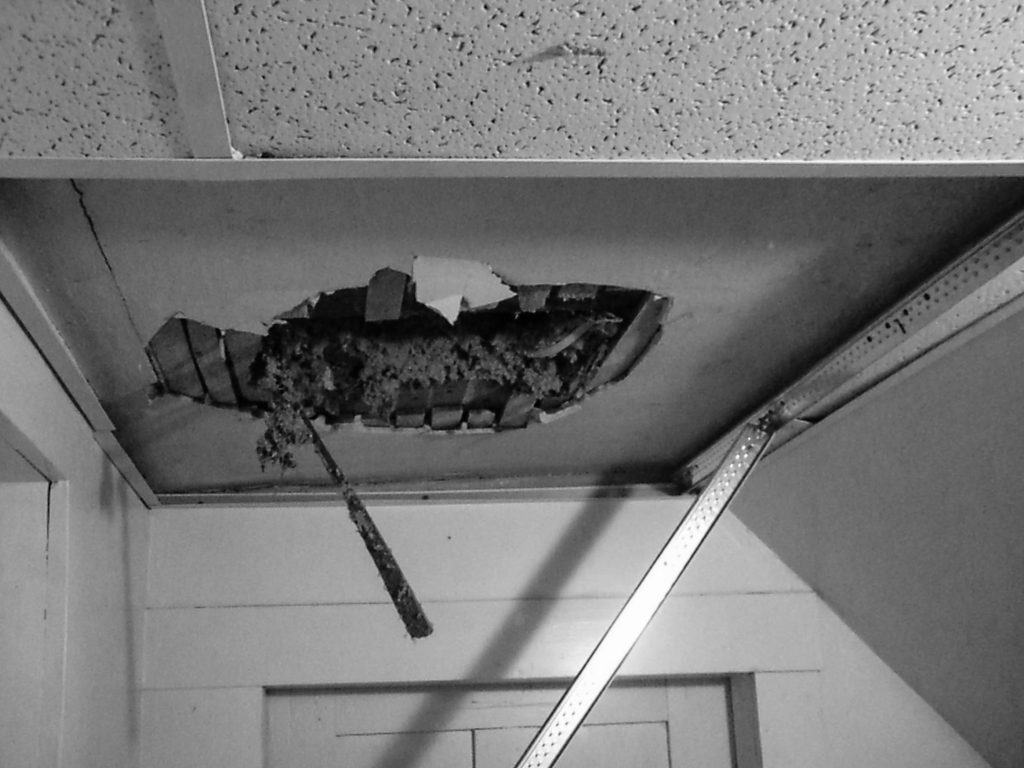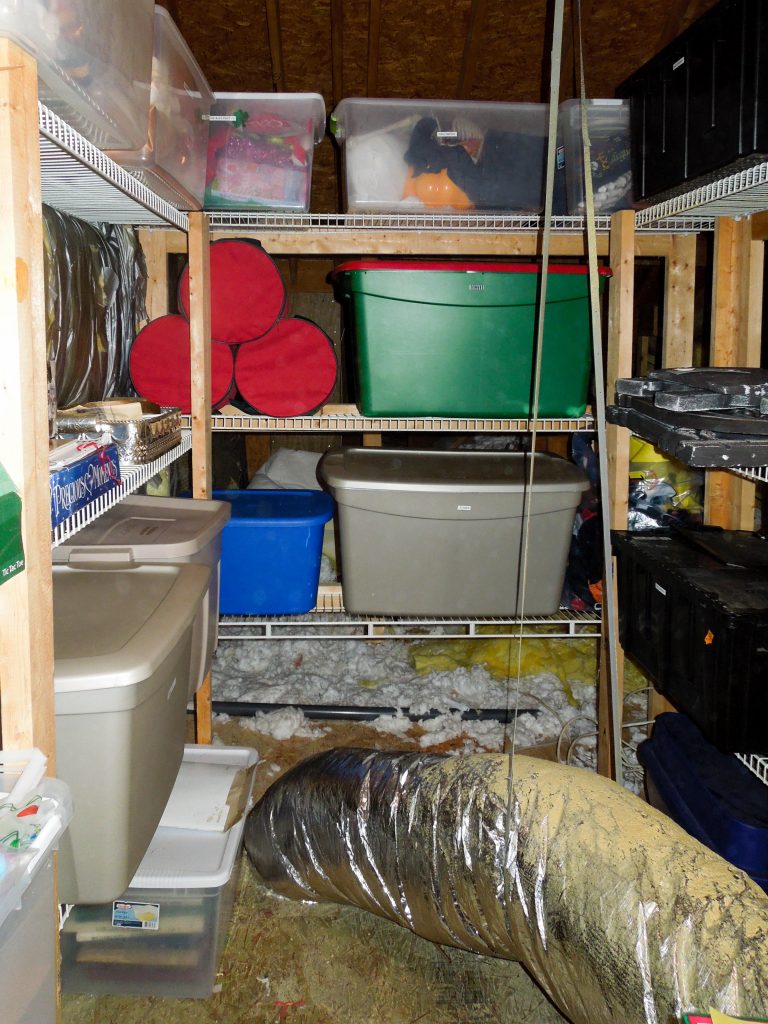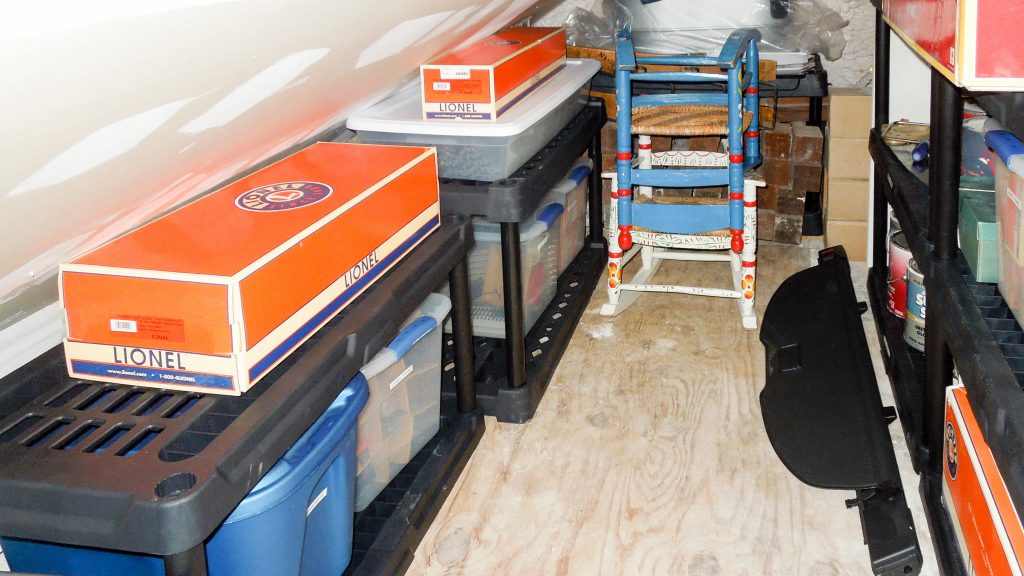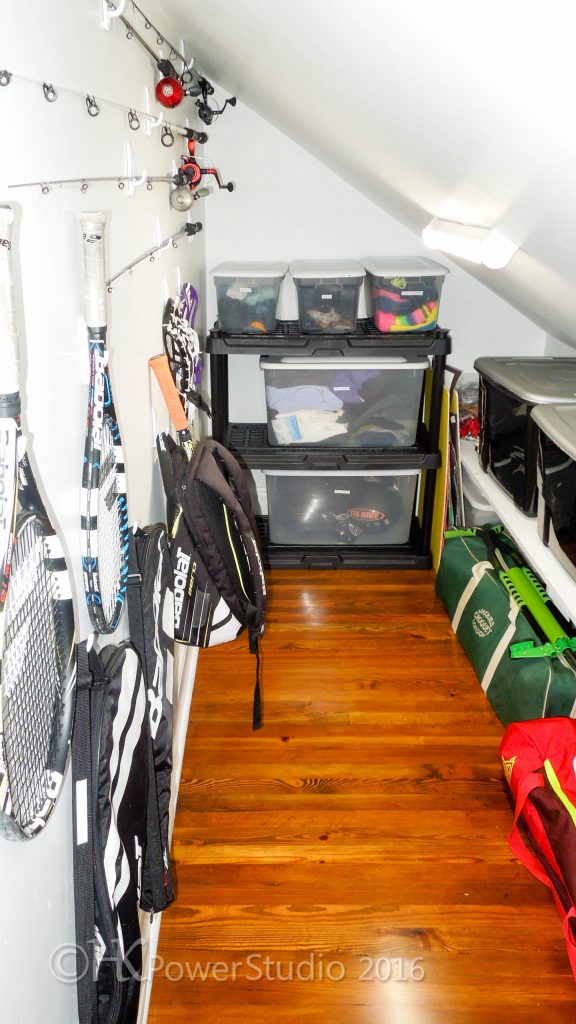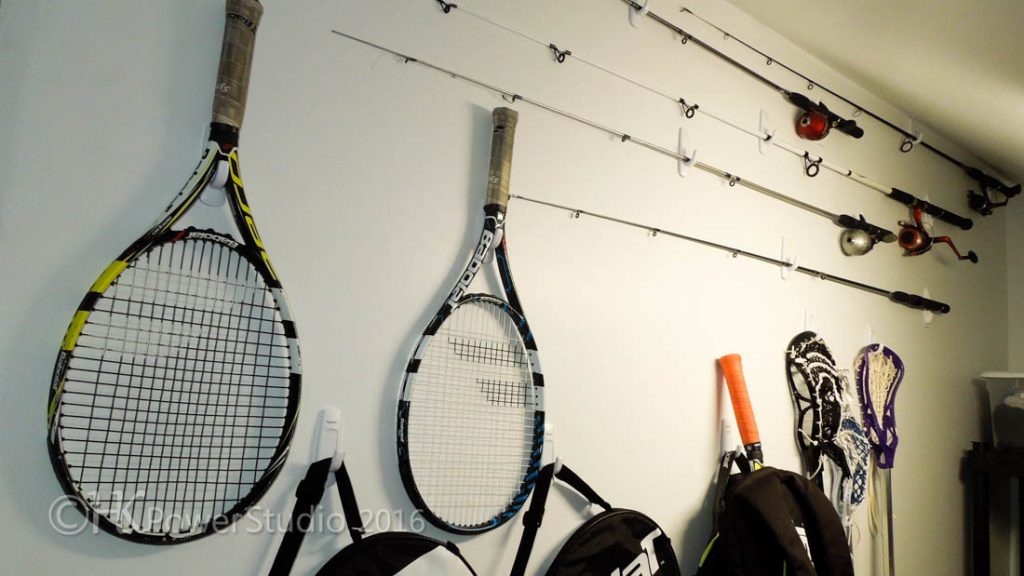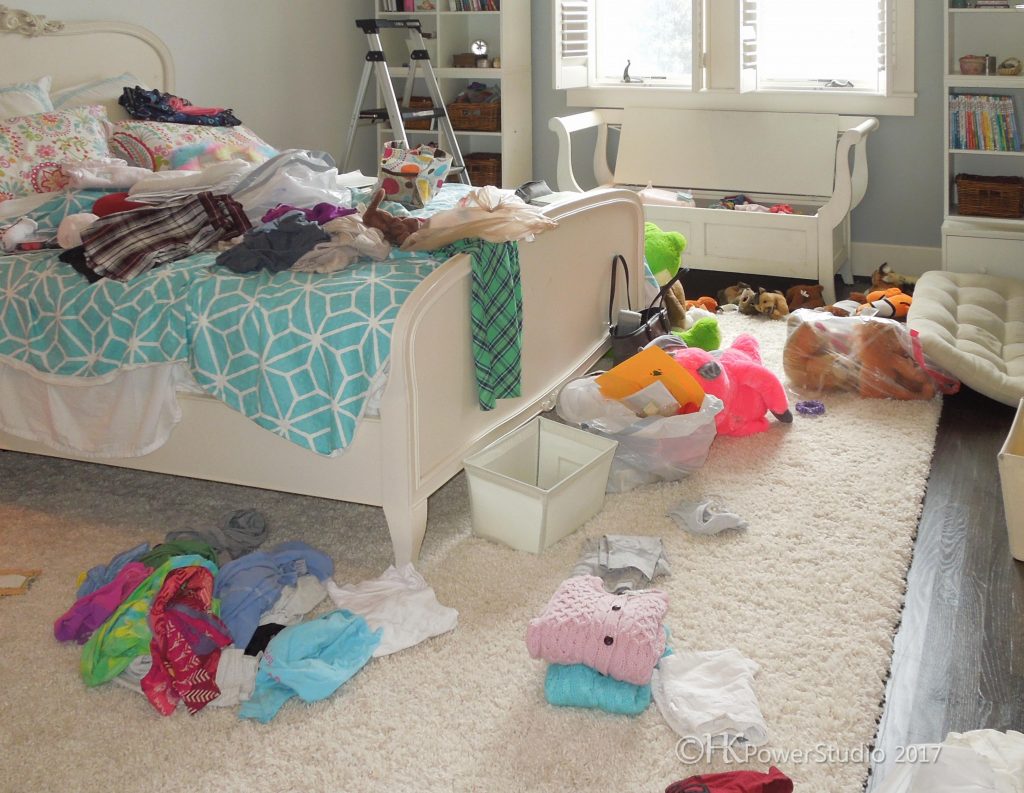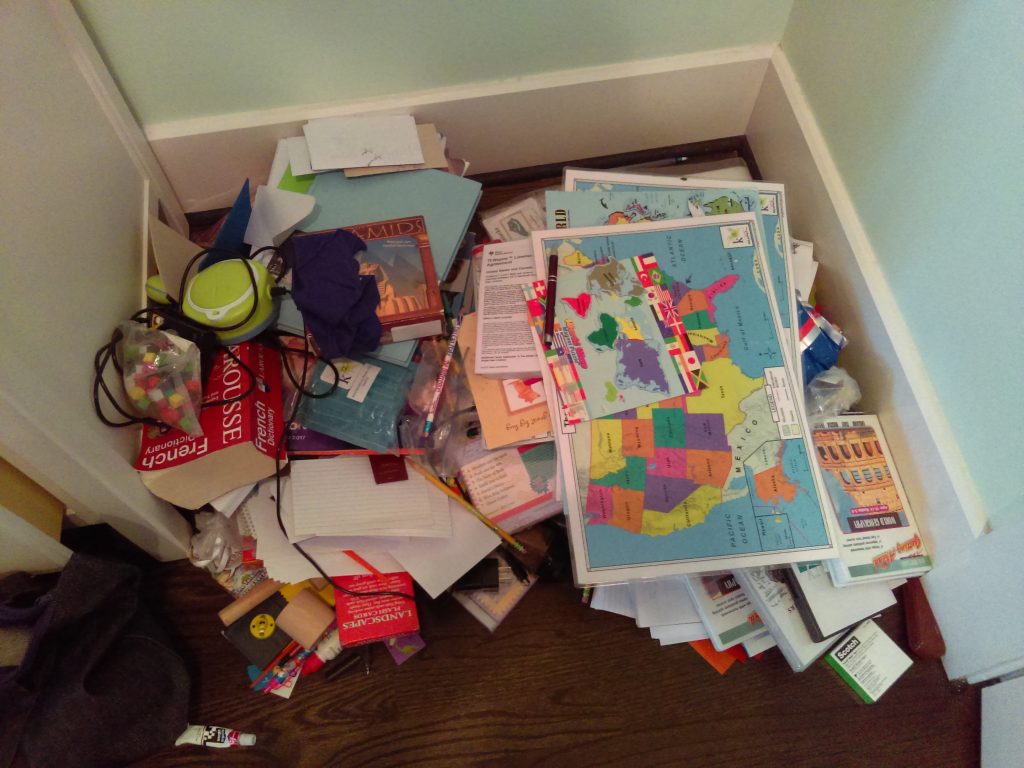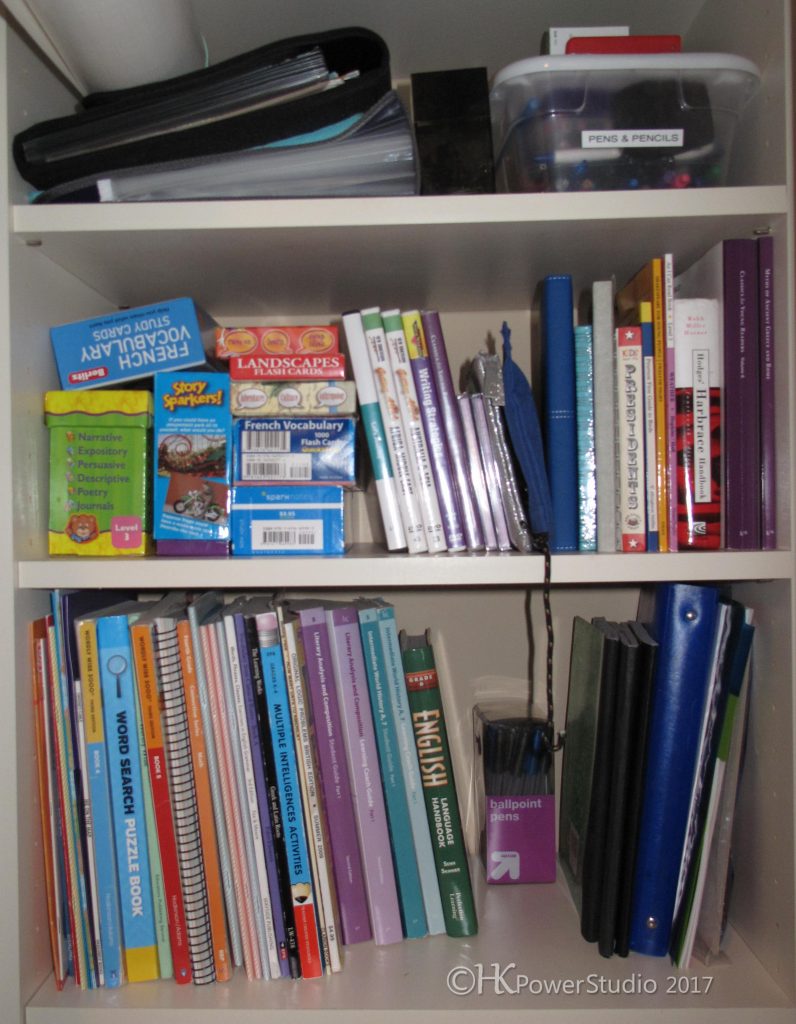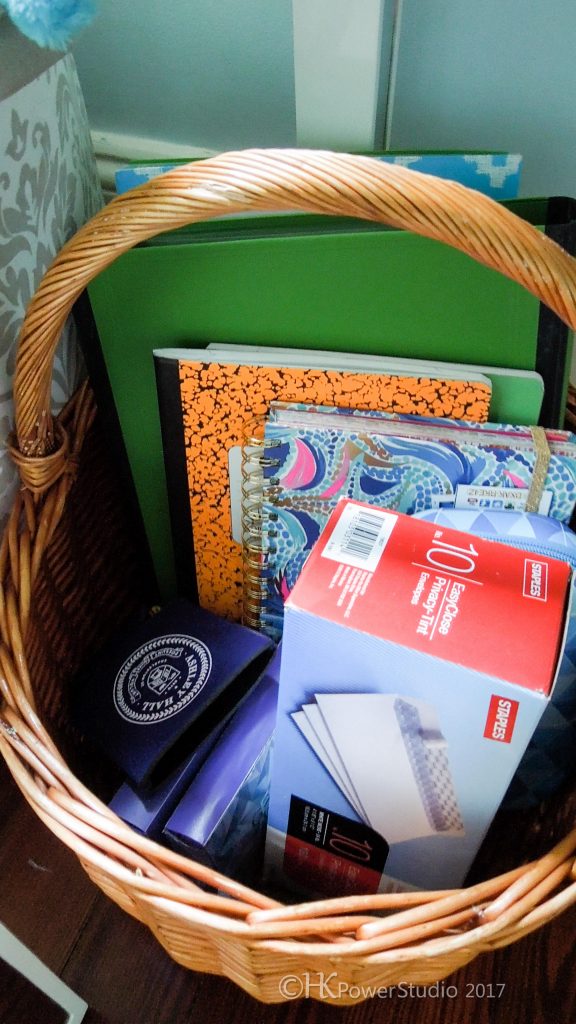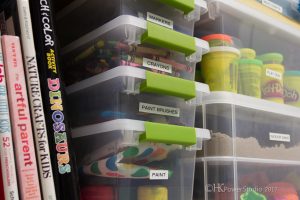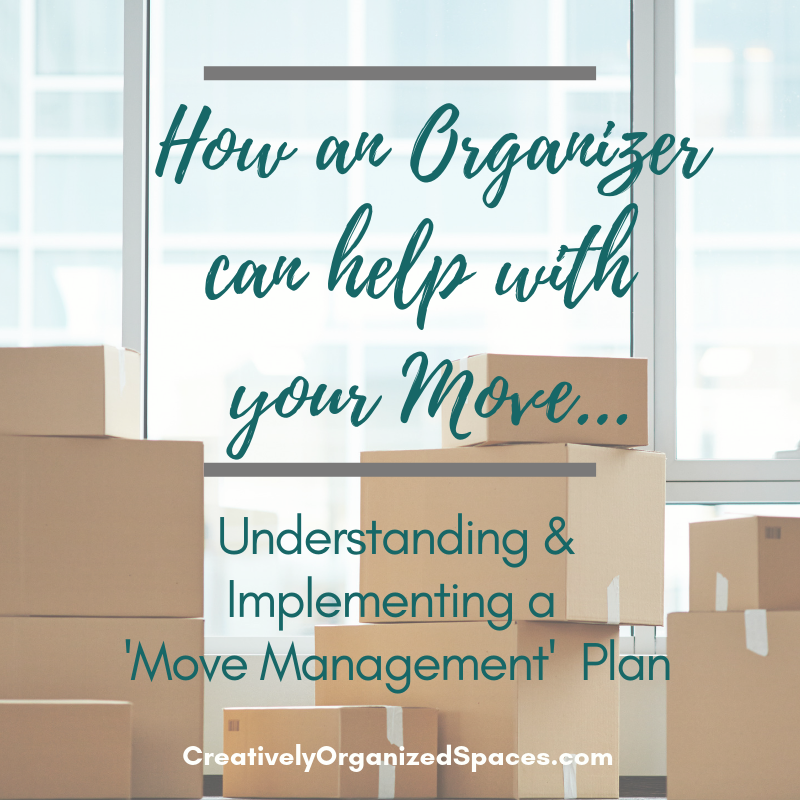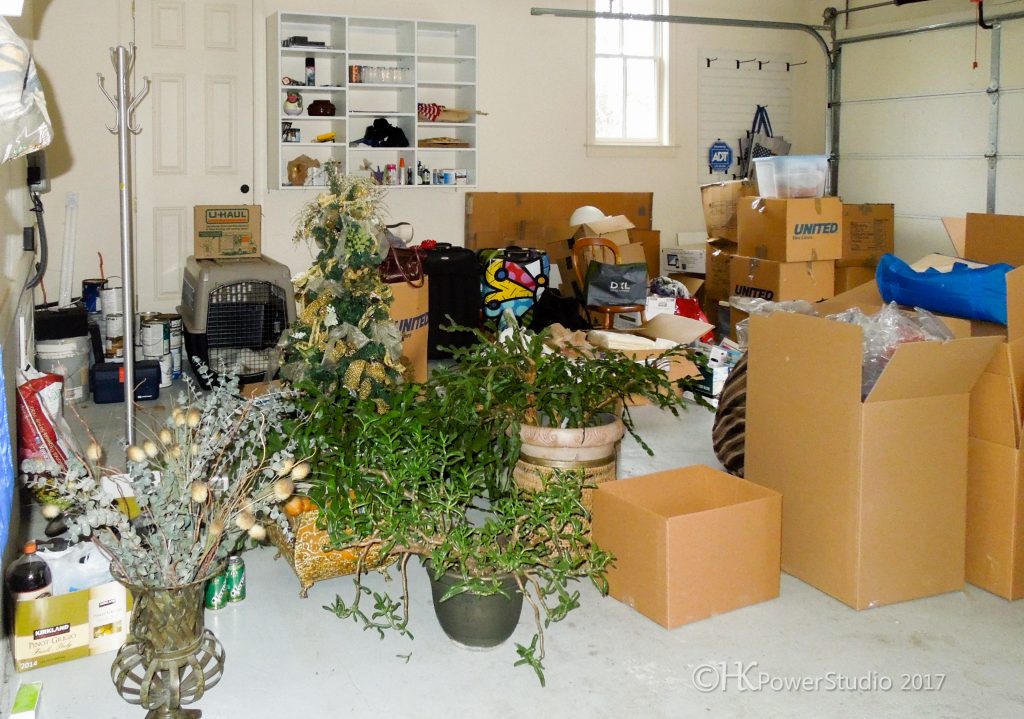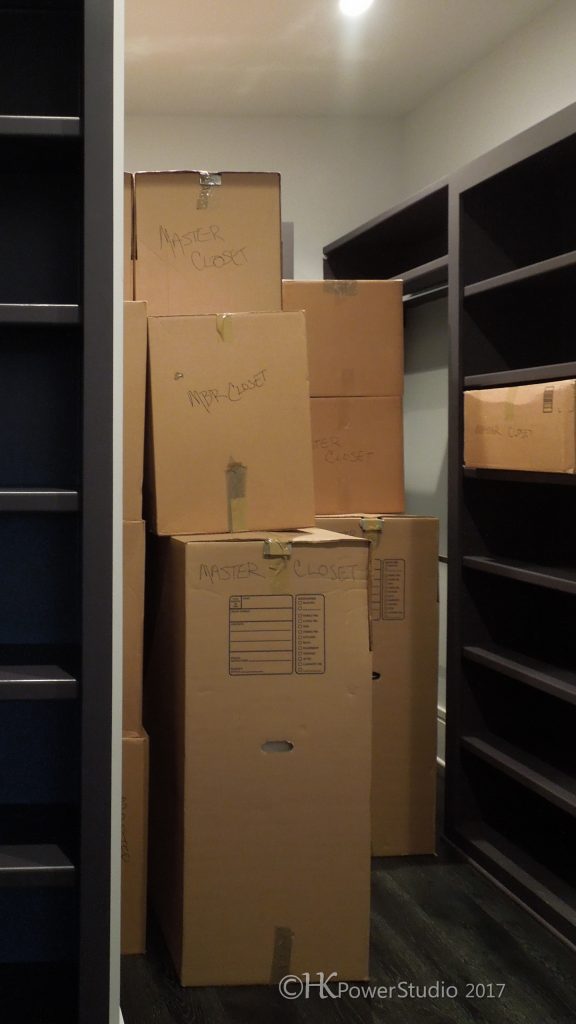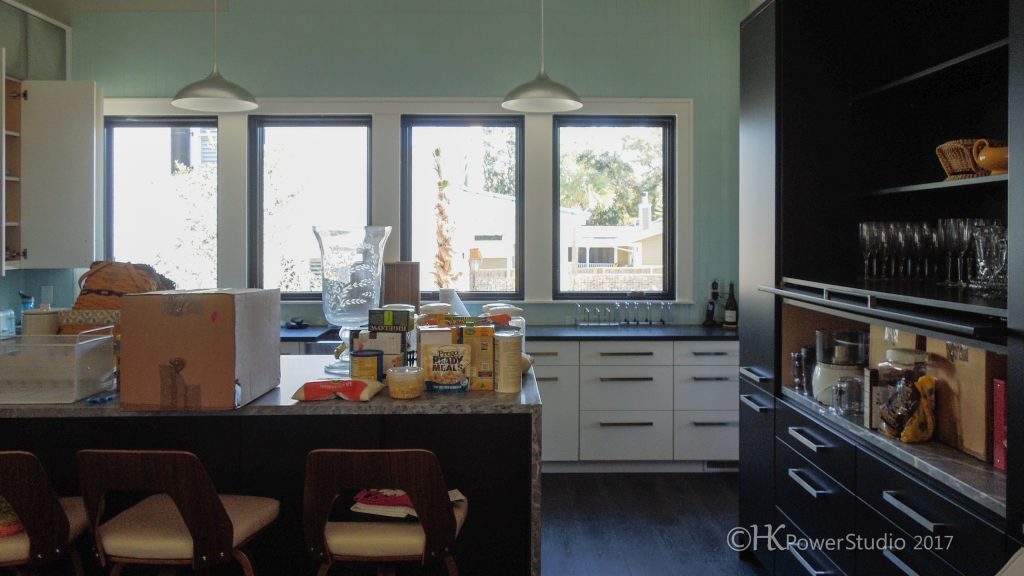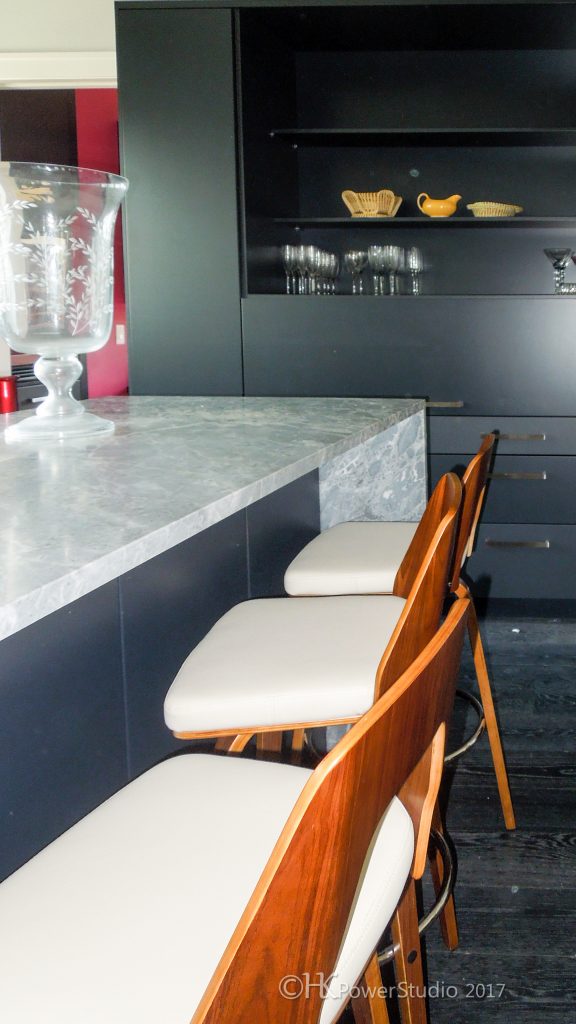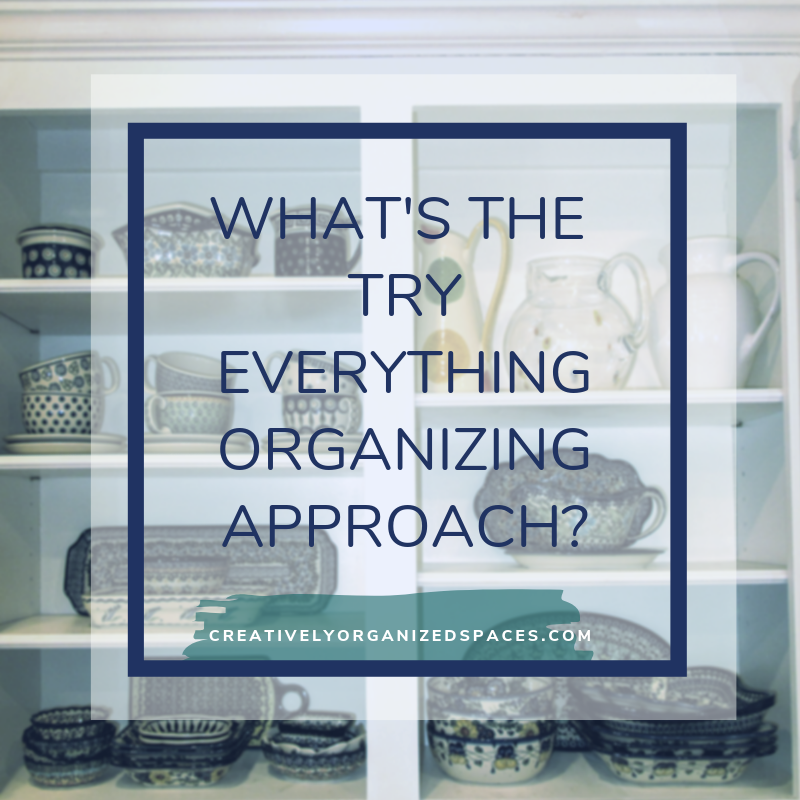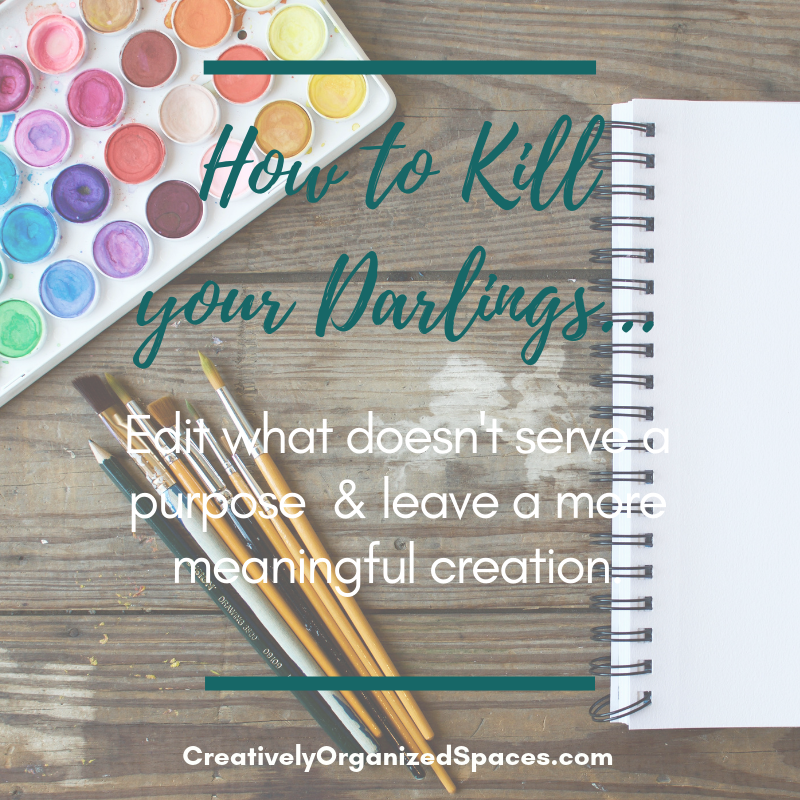As we embark on a month focused on Self Care I want to share a fun tool I use to set my intention and get going on the right footing for the new year (or at the start of new projects) to help me envision epic achievements! Anytime I get to pull out scissors, magazines etc it takes me back to my days as a designer. In both my Art classes and in my industry job I often found it helpful if not essential to create “mood boards” or gather creative ideas on paper (sketchbook or boards). If you’ve never done this, don’t worry…there is no wrong time or wrong way to create a vision board!
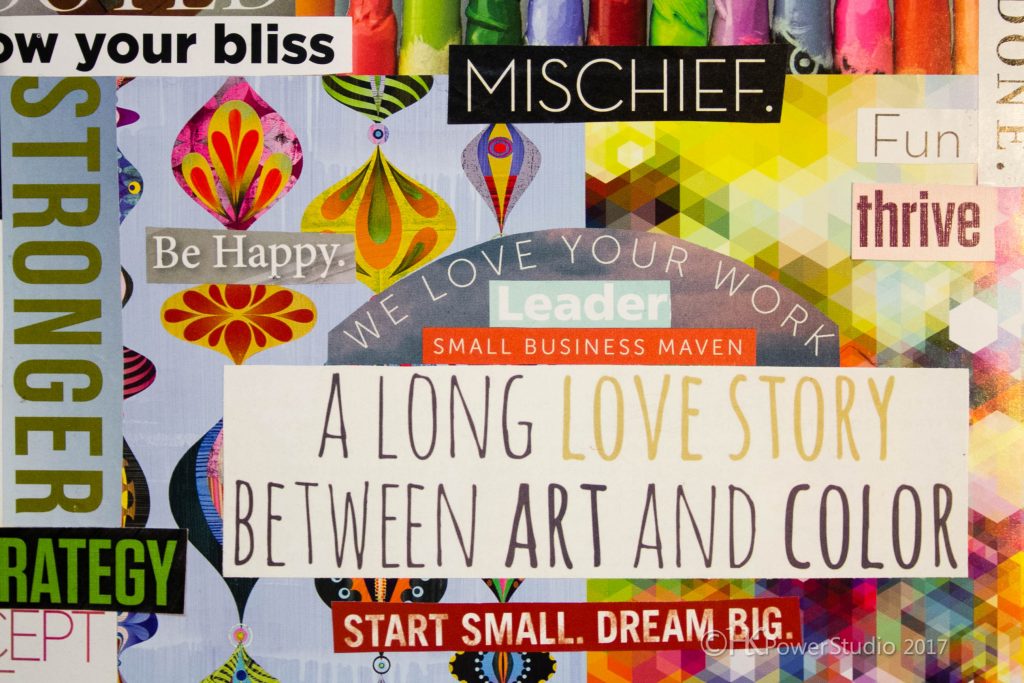
As we head into the next month, I will be shifting focus towards spring cleaning, purging, de-cluttering, simplifying. This can be a great time to create a vision board for how you want your home to look and feel. You might consider giving your vision board a boost by working with a word of the year. It’s not essential to the process of creating a vision board but it can give you some guidance and focus. Your vision board can be as broad or as specific as you like.
Creating an Vision Board is something I started doing back in 2011. It’s one of the annual planning tools I have the most fun with! Some people call these Vision Boards others call them Action boards (for those that feel the word “Vision” is to woo-woo).
Some people like to do a digital vision board, others prefer to use all images but I love to sit down with all these fonts, colors, words and phrases and just start allowing them to come together and create a flow of juxtaposition. So much magic happens when I sit down to create my vision board…and the magic just keeps happening throughout the year.
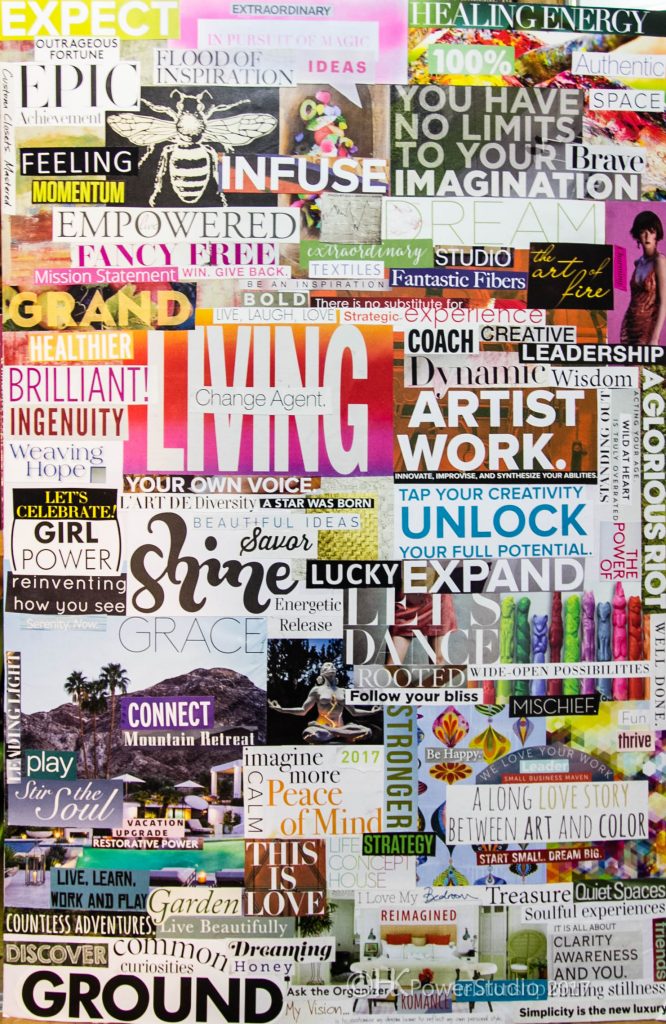
Vision boards can take a good bit of time. Give yourself a total of 3-8 hours to complete yours, from gathering ideas and supplies to getting everything in place. How much time it takes you will depend on how large your board is and how detailed you want to be.
- Select a type of vision board (personal, creative, images, words, a hybrid of both) that will be a touchstone and inspiration for creative progress throughout 2017. Your focus can be on home life, creative life, career, pets, family etc-whatever is important to you and where you may want more guidance and support.
- Gather a supply of magazines/resources to select from to embody your personal expression. This can include books, printed images, catalogs, scraps of paper or fabric, stickers, embellishments or anything else you like.
- Gather other supplies, including poster board or foam core (my personal favorite is the kind with one sticky side!), scissors, a glue stick and tape. You may also want markers.
- Set your intention for this board, you’ve decided on your “type” and your intention is a more focused way of deciding what you want to include or not. You may want to list words or images you would like to include.
- Flip through your resources and tear or cut out images and words. You can do this while listening to music, watching movies, listening to podcasts, anytime really. At this stage you are looking for words and images that capture how you want to feel.
- Start to lay out your images and words on your board. There’s no right way here but I’ve found that starting with the larger elements first can help. As you sort through everything you have cut out, be sure to include your most important ideas, set them aside and allow other ideas that don’t seem to fit to fall away. Deciding what NOT to include can be just as important as what you add.
- Once you are happy with your arrangement overall (still not glued down-just loose), snap a picture with your phone and then start to remove each area and glue things down. You can work one area at a time or in layers. Having a picture to refer back to can be fun because it’s never going to be exactly the same but it give you a little “map” to follow for your puzzle.
There is really something incredibly powerful about “visioning” a rich and creative year (or anything) to come! It can be fun to do a quick vision on a small sheet to brainstorm smaller projects or time frames too!

Finally, you may be asking how does this help you get organized? If you feel there are areas in which you would like a different outcome in your life try creating a vision board to activate and attract what you want to accomplish and how you envision it in your ideal reality. Use images and words that feel the way you want to feel about your space and your life.
However you want to create your board and whatever you call it, just know that by being very clear about what you want to manifest in your life and putting it down in a concrete way you are more likely to draw attention to theses aspects of yourself (actions, thoughts, etc). It’s all about the law of attraction. When I look back at the last years vision boards I’m truly amazed at the ways in which the specific wishes, desires, dreams and actions have been attracted into my life!
How do you envision the next quarter, year, project, career or home? What do you want to attract and are you creating any type of vision board to activate the process? If so, please please share it with me on Instagram, Twitter or Facebook with the hashtag #powervision17!



